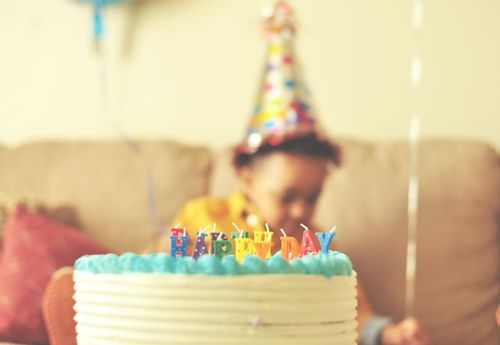

There are taxi's, Vans (For 6 to 10 people) and open air "Pulmonia's".

Vivarium Electronics T5 Ho Light Fixture, Holston Hills Country Club Membership Cost, Georgia Tech Electrical Engineering Ranking, Aline D.Things to do in mazatlan cruise port Vivarium Electronics T5 Ho Light Fixture, “Children are stimulated by natural curiosity… and learning by discovery rather than by being told gives children a particular satisfaction.” Young children learn by moving and using their senses, so keep them moving, listening, touching, and watching. Children can learn to predict what might occur, and they can record proof of what happened. Identify the names of the bones, perhaps using a diagram of a skeleton.Īs always, the concrete real-life activity needs to come first, preceding the abstract principles and explanations which come later for an older child. It’s fun to count the vertebrae or the ribs. Try counting the number of beats using a stopwatch and extend the discovery to all members of the household, including the pets. Discover how it’s sometimes fast, other times slower.
#Small wonder show parental guide how to
At a quiet time, show him how to feel his heartbeat. Help your child identify aspects of the human body. This is a perfect activity to do outside with pebbles, sandbox toys, leaves, twigs, or whatever small items are found. Collect a number of small waterproof items to test. Older children can make labels for organizing the items. Separate magnetic items from non-magnetic. Or prepare a box or tray holding 8 or 10 small items such as a paper clip, acorn, button, etc. With a small hand-held magnet, discover what items magnets can pick up or stick to. Bring them back home, dry them in a book or flower press and later mount them on paper with the location and name of the tree from which each one came. When outside, collect several different types of leaves. The sprout could later be planted in soil to continue the growth. Older children could keep a journal of what happens, how long it takes to sprout, and measure how much it grows each day. Set the jar in a warm, bright place, and watch the seeds sprout and grow. Put sand or soil in the jar to hold the paper in place, keeping the soil and paper moist. Place a paper towel inside a glass jar and put lima or fava bean seeds between the moist paper and the glass.

Here are a few ideas for easy explorations and discoveries: Botany What happens when you try to keep a ball under the water on the bottom of the tub? Simple ExperimentsĮvery home holds many types of science. In the bathroom, have toys available so your child can see the ones that float and the ones that sink. Talk about how bread dough rises, or the way the mineral water fizzes.

In the kitchen, explore solid, liquid, and gas which are different forms of water. What made it change?” In Every Roomįind science in every room of the house. “Oh my! What happened to the ice I put in my glass a while ago?” “Yesterday this rose was so small and now the blossom is huge. It is easy and tempting to share what we know, but try to just enjoy the pleasure your child derives from making a discovery on her own. “What do you think will happen if I put this large long block on top of this stack of three small blocks?” “What happens to the car as it goes down the ramp?” Discoveries FollowĬonsider the science as you become aware of things we take for granted. For the young child who is verbal, a simple question asked can elicit a prediction. The concepts need not be put into words, as results happen best in real life. Whether building with blocks or throwing a ball, your child is learning basic principles of physics. As your child matures, he can begin to think like a scientist and be curious, asking, “I wonder why?” Playing with Science It’s a true discovery that can be replicated and is based on scientific fact. The youngest child discovers gravity at a young age when the spoon “falls” to the floor from the highchair or the stuffed animal “falls” from the crib. Your child begins to experiment and learn about science usually before he can walk. With this awareness, you can identify common scientific principles that occur in your normal everyday family life. Perhaps you can find some good materials to incorporate scientific exploration at home! Paul’s is participating in a fundraiser with For Small Hands – we receive credits to put towards school purchases when you place an order using our school code: _. This week’s blog post is an article taken from Montessori Services/For Small Hands, which is a wonderful place to buy games, toys, and Montessori-inspired materials for your child to have at home.


 0 kommentar(er)
0 kommentar(er)
